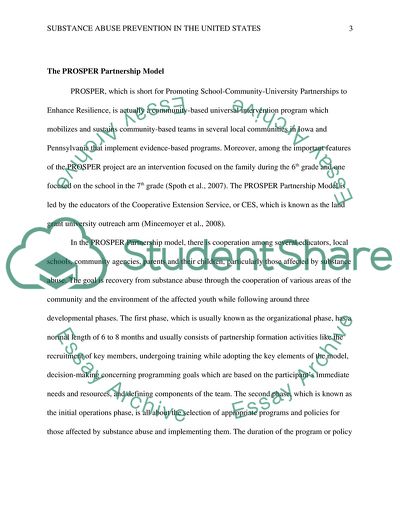Cite this document
(Preventing Drug Use And Promoting Health Behaviors Research Paper, n.d.)
Preventing Drug Use And Promoting Health Behaviors Research Paper. https://studentshare.org/health-sciences-medicine/1802410-substance-abuse-prevention-in-the-united-states
Preventing Drug Use And Promoting Health Behaviors Research Paper. https://studentshare.org/health-sciences-medicine/1802410-substance-abuse-prevention-in-the-united-states
(Preventing Drug Use And Promoting Health Behaviors Research Paper)
Preventing Drug Use And Promoting Health Behaviors Research Paper. https://studentshare.org/health-sciences-medicine/1802410-substance-abuse-prevention-in-the-united-states.
Preventing Drug Use And Promoting Health Behaviors Research Paper. https://studentshare.org/health-sciences-medicine/1802410-substance-abuse-prevention-in-the-united-states.
“Preventing Drug Use And Promoting Health Behaviors Research Paper”. https://studentshare.org/health-sciences-medicine/1802410-substance-abuse-prevention-in-the-united-states.


